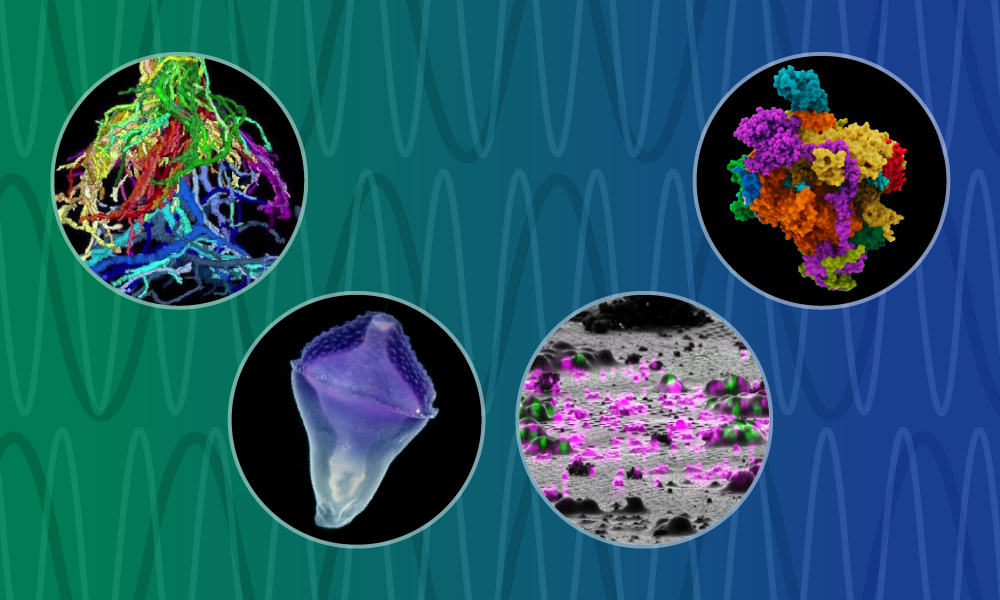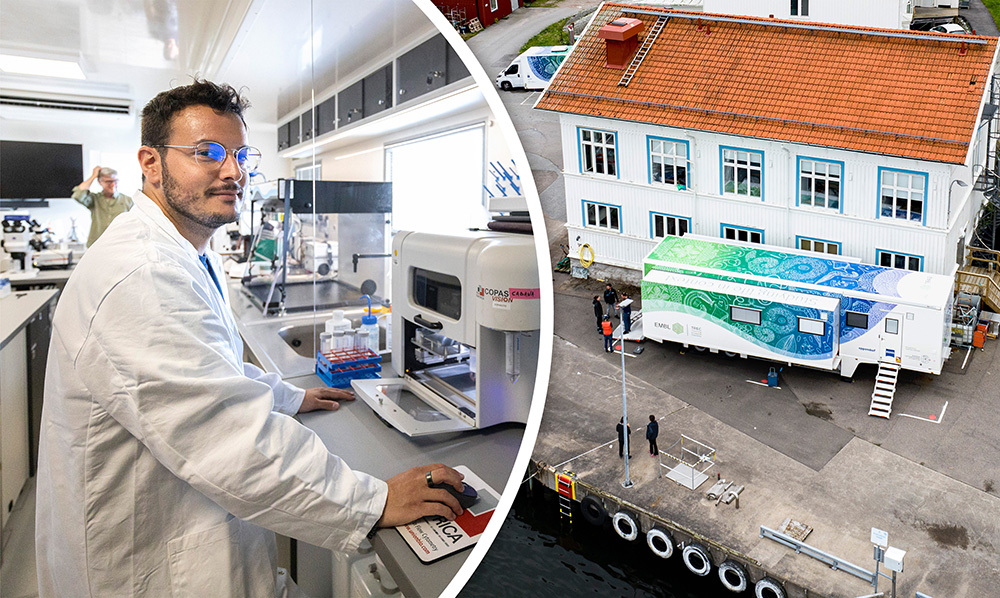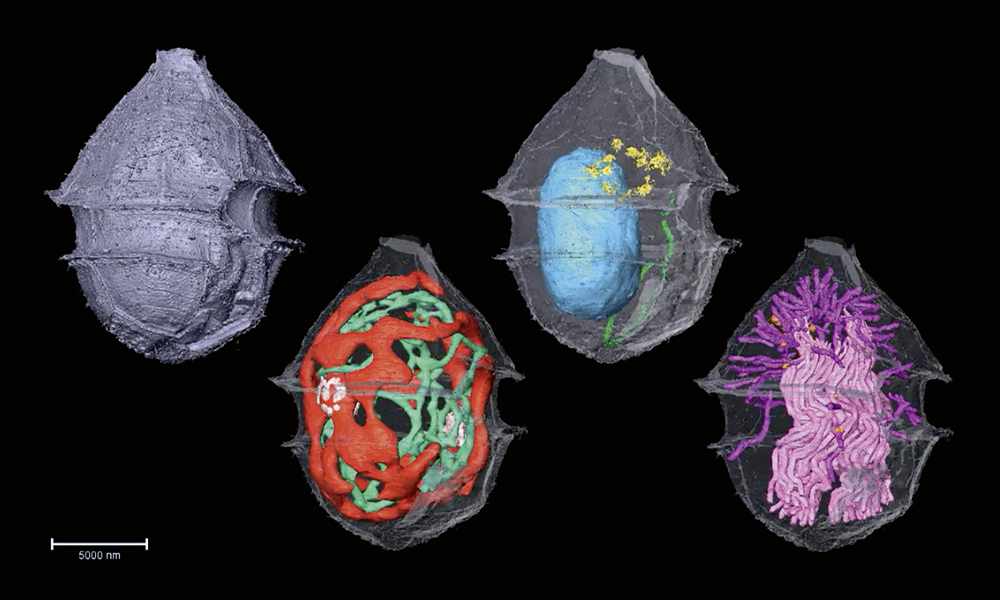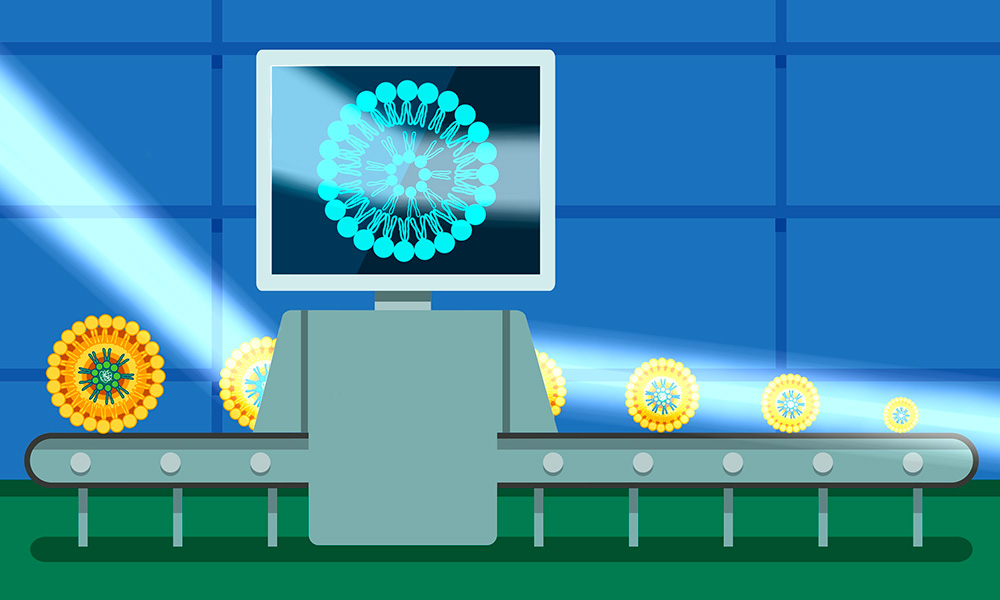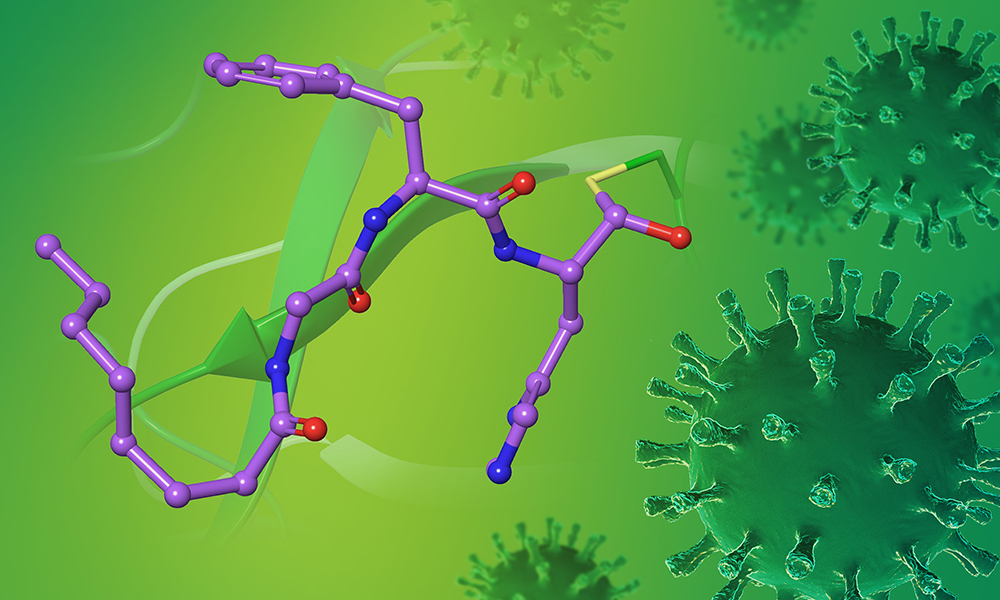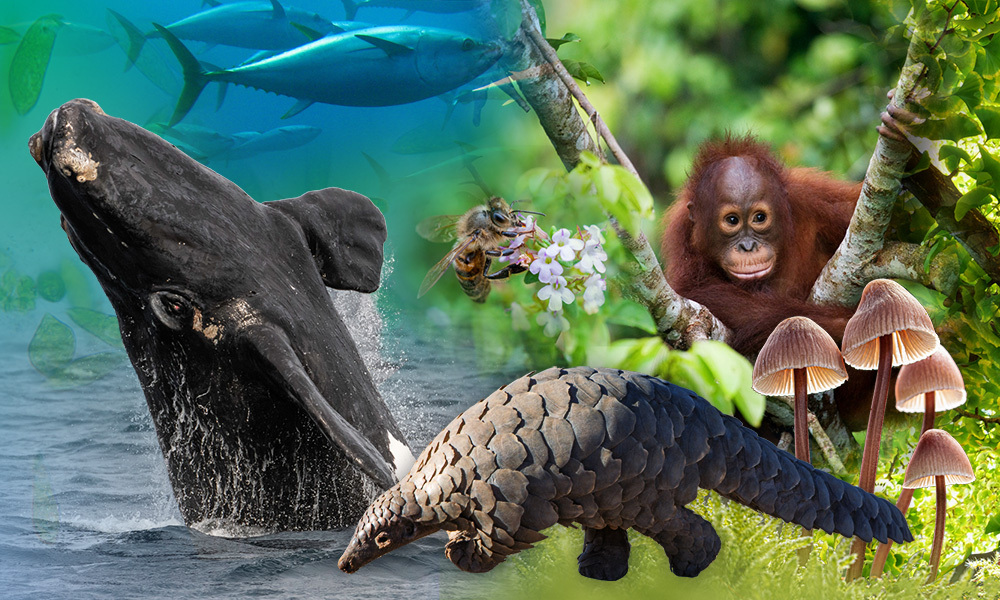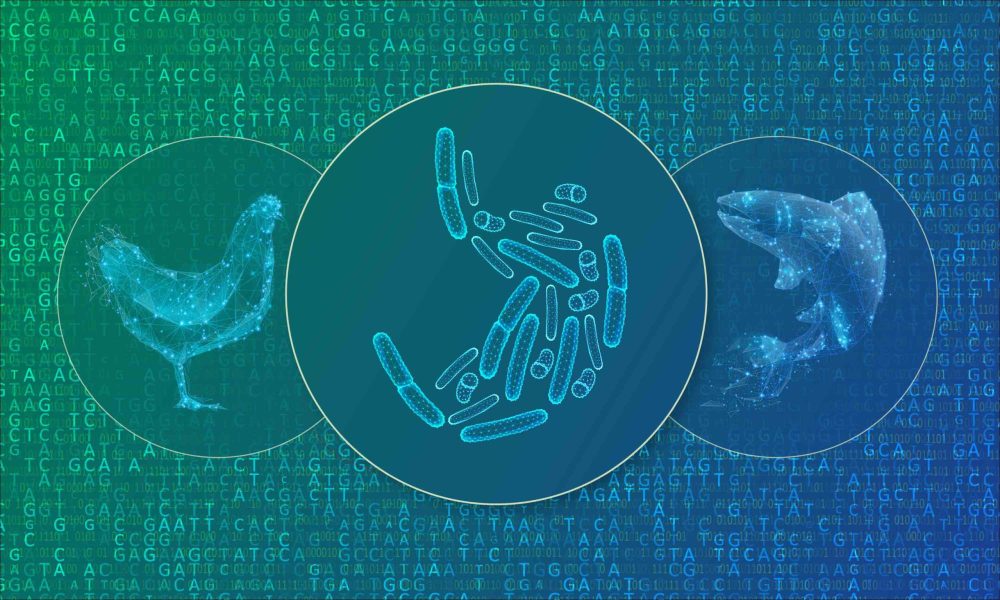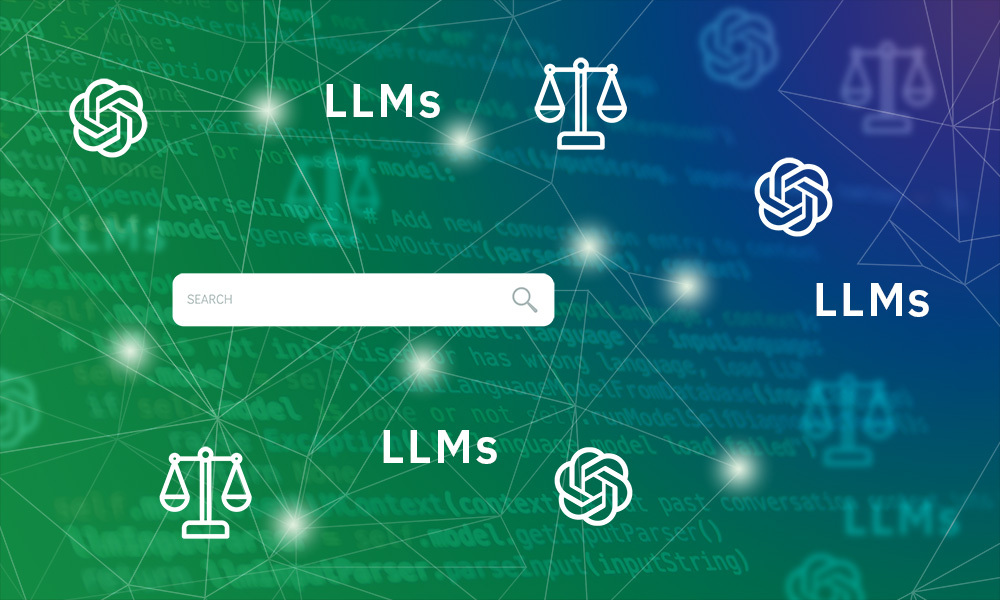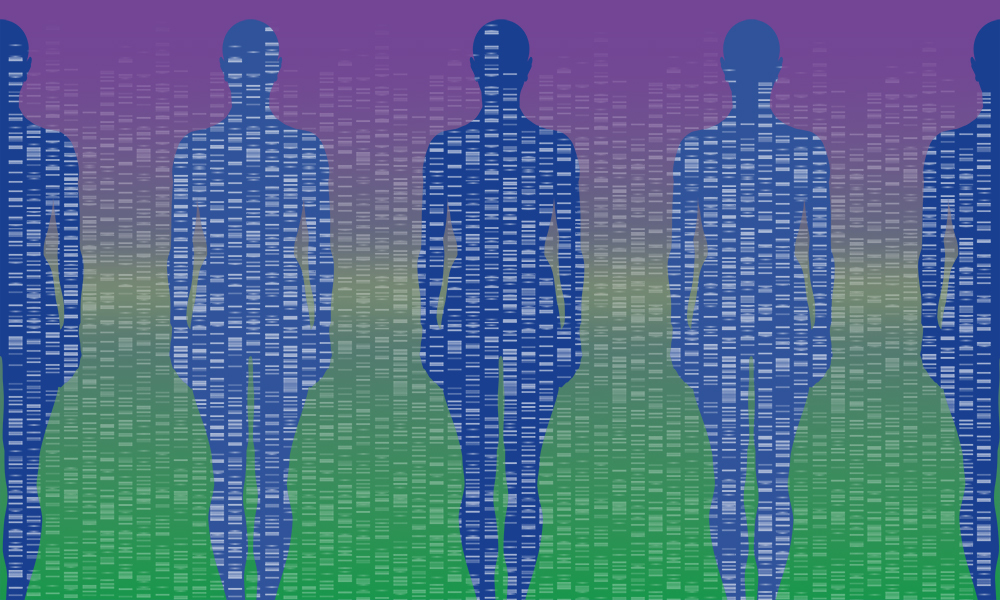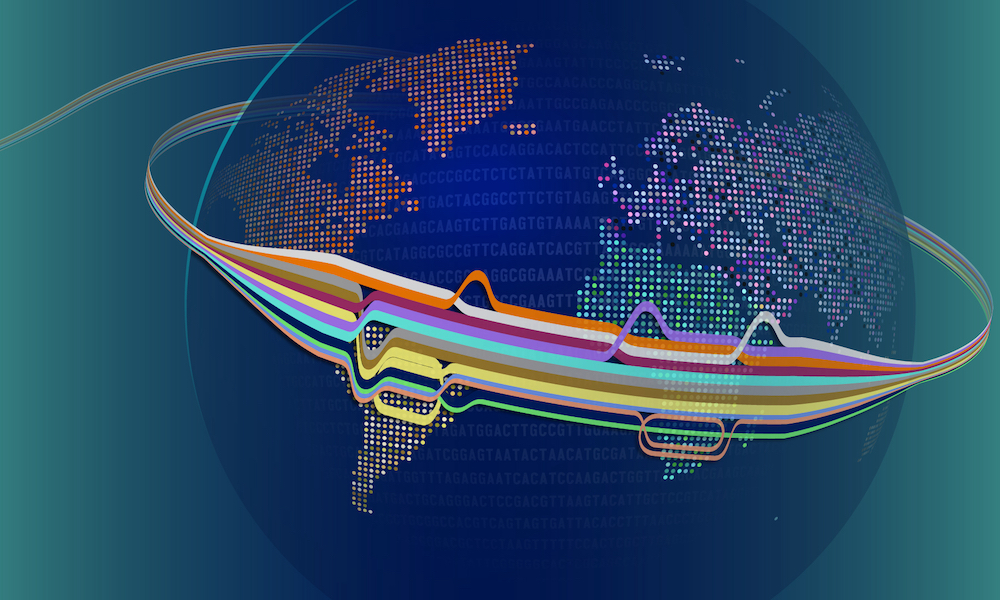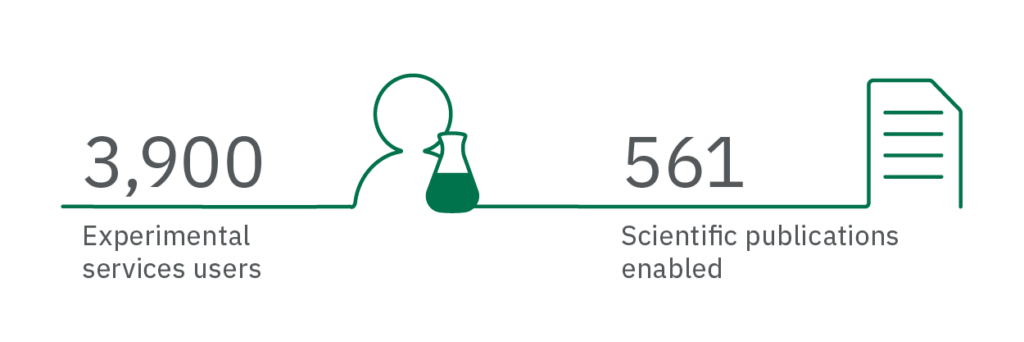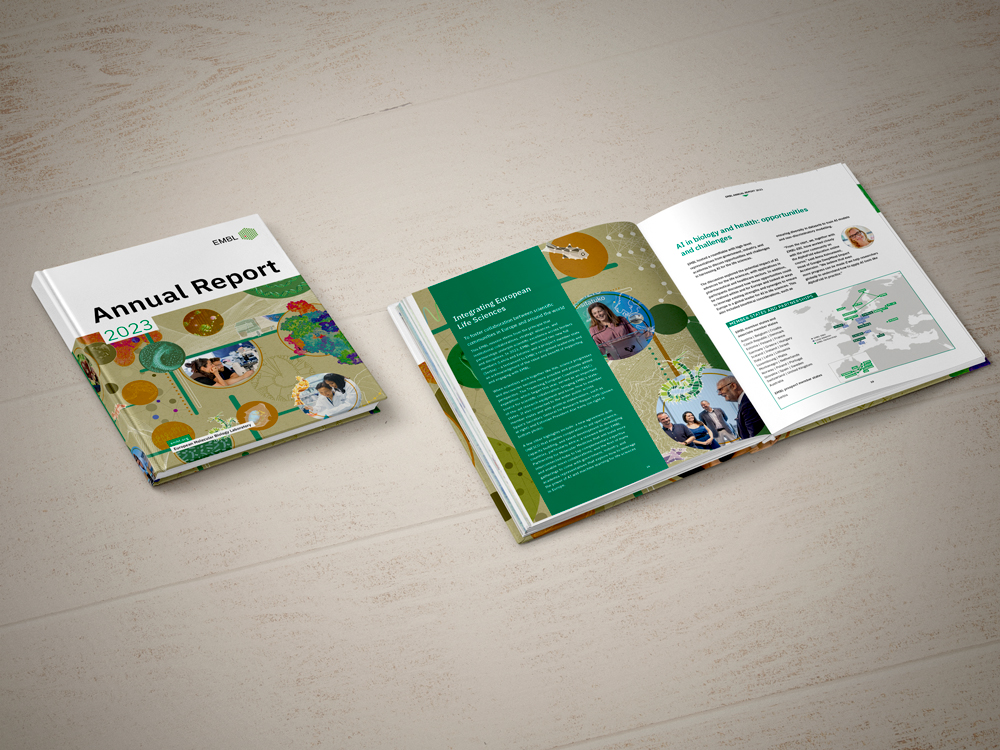
EMBL’s scientific services encompass over 40 bioinformatics and data resources and over 20 experimental services in structural biology, imaging, genomics, proteomics, metabolomics, in vivo gene editing, chemical biology, and mobile labs.
Each year, EMBL researchers find new ways to improve both the technological offerings to users as well as the way service is provided, such as enabling open access to an impressive array of bioinformatic tools. The year 2023 was no exception in its experimental services and facilities as well as its molecular data services.

